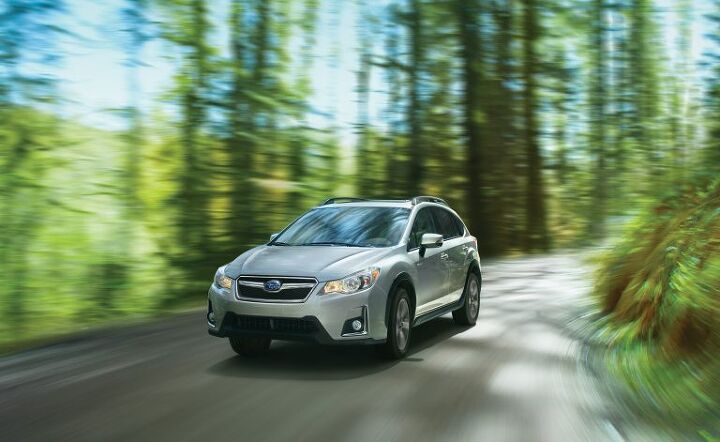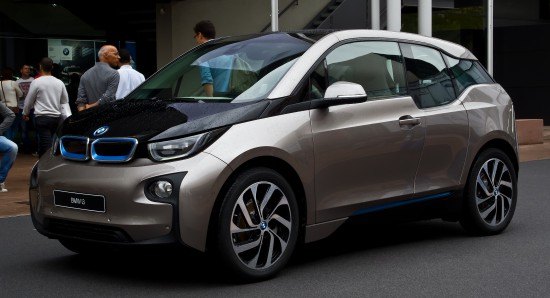#Plug-inVehicles
Jaguar Land Rover Less Certain About Battery Powered SUVs in 2019
Despite delivering what could be considered a desirable premium EV with the I-Pace, Jaguar Land Rover admits it’s not entirely sold on the idea of electric sport utility vehicles. Due to their size, SUVs and crossovers are inherently heavier than traditional sedans — placing them at odds with the goal of maximizing efficiency.
More mass means diminished range. While this can be offset by a manufacturer installing larger battery packs, that increases costs and ultimately adds more heft to the single heaviest component in an EV. Large electrics bring other issues to the engineering table, too.
“The larger the vehicle the larger the aero challenge. If you’re not careful you end up with such big batteries and you make the vehicles so heavy that as you race down the autobahn the range disappears,” Nick Rogers, JLR’s head of engineering, told media at the company’s revamped engineering and design center in Gaydon, England.
Could Norway's EV Adoption Signal Our Own Electric Future?
Perhaps — but Norway treats EV owners like royalty.
Battery electric vehicles are not subject to most of that country’s automotive taxes, are subsidized via credits, and are frequently offered free parking and charging points as a way to further encourage drivers to get away from gasoline and diesel. Norway is also working aggressively toward banning all gas-powered vehicles by 2025.
According to Reuters, the strategy is working. The independent Norwegian Road Federation (NRF) said Wednesday that electric cars rose to 31.2 percent of all sales last year. EVs represented 20.8 percent of the country’s overall sales in 2017 and just 5.5 percent in 2013.
Invisible Markets: Mercedes-Benz Launches Hydrogen-powered GLC F-Cell
Mercedes-Benz says it has begun deliveries of the GLC F-Cell, a battery-electric vehicle that can run on hydrogen or a stored electrical charge. That would make it the most sensible hydrogen vehicle currently in existence, which isn’t saying much.
At any rate, it doesn’t really matter because you’ll probably never see one.
The Subaru Crosstrek Hybrid Crawls Out of Its Grave Next Year
While a lot of average folks like Subaru, the brand has long been popular with the hippie-dippy demographic. Frankly, it seemed like the company missed a golden opportunity to further solidify its standing with the granola crowd by being a little late on the hybrid front.
However, maybe we’ve categorized the automaker’s consumer base incorrectly — or at least their taste in powertrains. After all, the Crosstrek Hybrid wasn’t an overwhelming success. The model only lasted three years until Subaru decided to kill it off in 2016. But it’s coming back from the dead for 2019, this time as a plug-in — making it Subaru’s very first PHEV.
Study: Only Five Countries Sold Over 10K PEVs In 2014
Plug-in vehicles may be doing well as of late in the sales game, but a study by The Research Capsule says their gameplay needs more work.
IRS Plug-In Vehicle Credit Cap Data Lacking Accuracy, Detail
In 2008, Congress passed a tax bill that would provide a credit of up to $7,500 for customers who purchase plug-in vehicles as a way to encourage adoption of cleaner vehicles. The credit would last in full for the first 200,000 units an automaker sold, then phased out over the course of 12 months.
The problem? The agency responsible for handling the credit, the Internal Revenue Service, has no clue as to where things stand as far as that cap is concerned, despite every automaker that sells a plug-in model reporting the figures every quarter, as required by law.





















Recent Comments